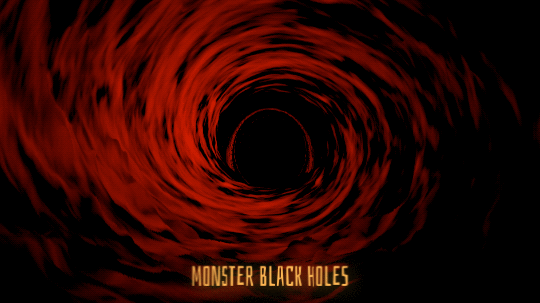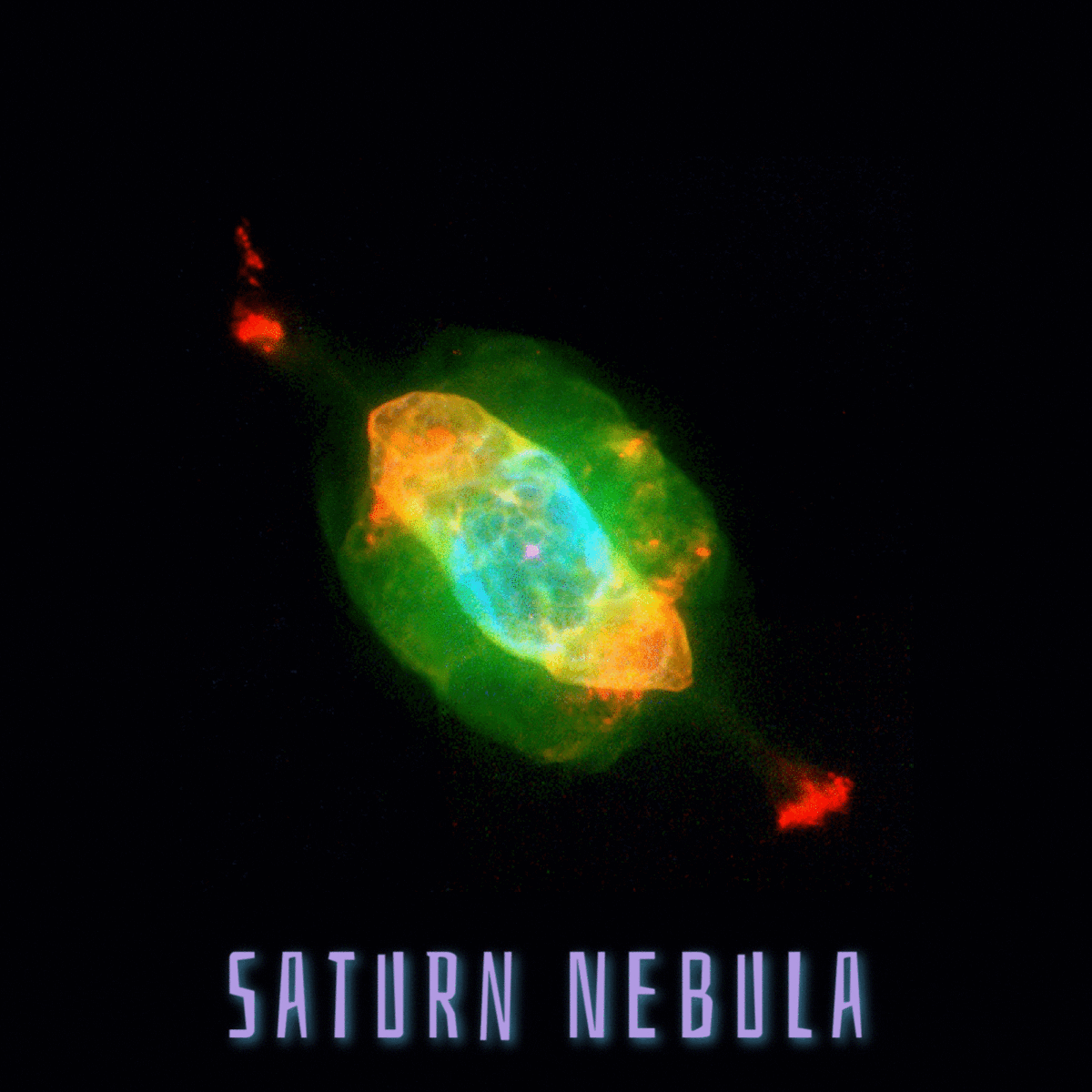
Looking for something spookier than your neighborhood haunted house this Halloween? Then you may want to take a peek at some of the ghostly space images NASA scientists have been able to capture through various missions, like the Hubble Space Telescope and the Spitzer Space Telescope.
Fiery Jack-O-Lantern

The stunning image of our Sun's active regions, lighting up to resemble a blazing Jack-O-Lantern, was captured by NASA's Solar Dynamic Observatory in 2014. According to NASA, "The active regions appear brighter because those are areas that emit more light and energy — markers of an intense and complex set of magnetic fields hovering in the sun’s atmosphere, the corona."
Galactic Ghoul

This "ghostly apparition," as NASA calls it, is an image of two galaxies colliding. "Each 'eye' is the bright core of a galaxy, one of which slammed into another," NASA explained on its website. "The outline of the face is a ring of young blue stars. Other clumps of new stars form a nose and mouth." According to the space agency, the phenomenon, captured by the Hubble Space Telescope in June 2019, is extremely rare. Though galaxies often collide, head-on meetings are unusual, and the rings, like the ones captured by the image, are even more so. The scientists expect the two galaxies to merge entirely in about 1 to 2 billion years.
Ghoulish Gourd

NASA believes this "ghoulish gourd," carved out of gas and dust, was the work of an O-type star — a massive star that is about 15 to 20 times heavier than the Sun. They suspect the star's strong outflow of radiation and particles probably swept the surrounding dust and gas outward, causing deep indentations in the cloud, or nebula. The data used to create the image, released on October 30, 2019, were captured by the Spitzer Space Telescope between 2004 and 2009.
Glowing Cosmic Candy

No Halloween is complete without a treat! This colorful astronomical delight is actually an image of the Saturn Nebula, a complex planetary nebula in the constellation Aquarius. What looks like a candy wrapper is actually the outer layers of a dying star. According to NASA, when stars like our Sun reach retirement age, they transform into unique, stunning works of art! The image of the nebula, which gets its name from its superficial resemblance to the three-ringed planet Saturn, was captured by the Hubble Space Telescope.
